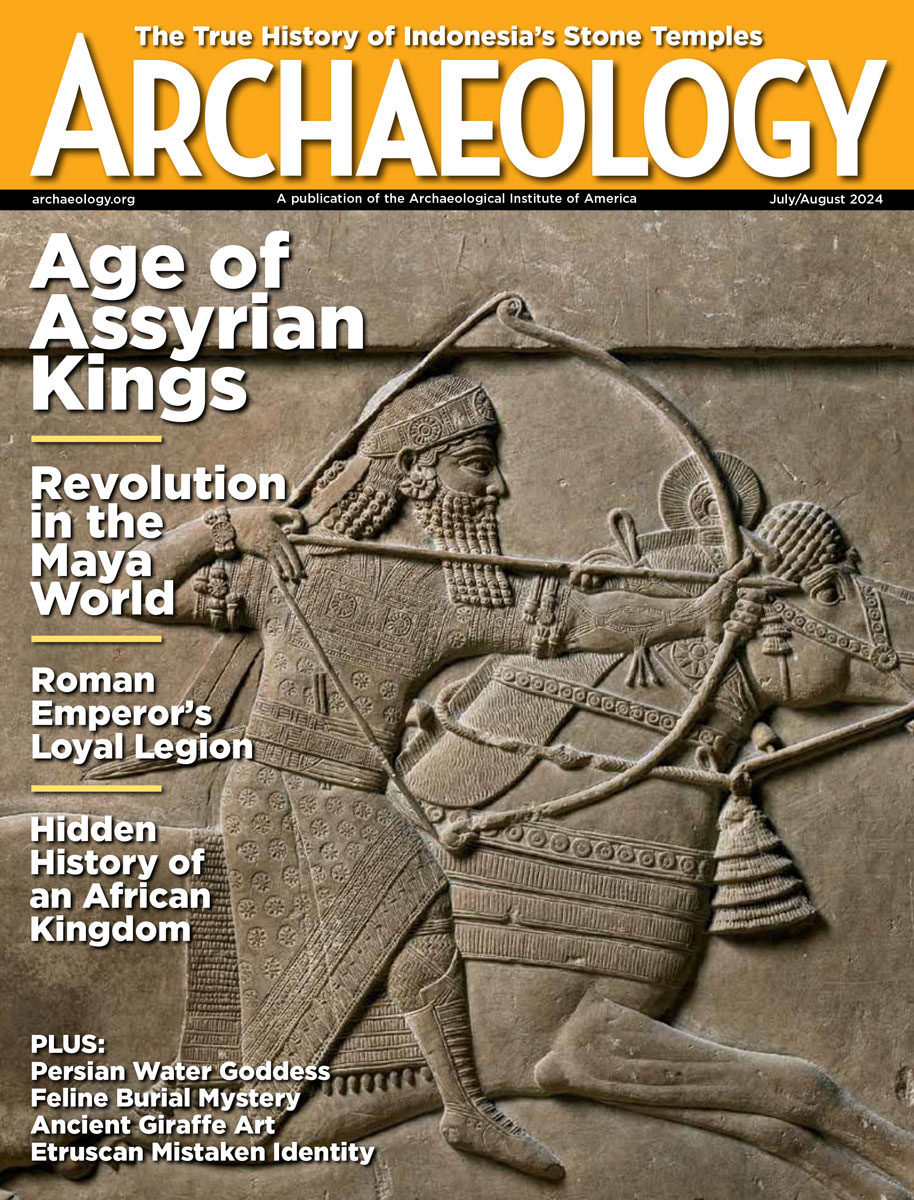Friday, May 18
May 18, 2012
During a survey, a team of scientists uncovered 37 large stone tools from the early Paleolithic period spread over three areas at the Liuhuaishan site. The assemblage includes cores, flakes, chunks, choppers, and picks made of quartzite, silicarenite, and siltstone. “With these details, a future study project with a good stratigraphic and chronological control will be conducted to study the human behavior at open-air sites in south China,†said Gao Xing of the Institute of Vertebrate Paleontology and Paleoanthropology.
PhD candidate Mark Sapwell of St John’s College, Cambridge, thinks that a couple of rock art sites in Russia and northern Sweden were used as a means of communication by Bronze Age hunters traveling by boat. “The rock art I’m studying is found near rapids and waterfalls, places where you would have to maybe leave the river and walk around – carrying your animal-skin canoe on your back – natural spots to stop and leave your mark as you journey through, like a kind of artistic tollbooth,†he said.
Petroglyphs at Land Hill in Santa Clara, Utah, have been vandalized with scratched graffiti. “This is probably the work of juveniles who don’t understand the value and significance of these resources,†said Bureau of Land Management archaeologist William Banek. He will increase educational outreach efforts in response to the problem. Land Hill was once home to Ancestral Puebloan people and the Southern Paiute. It is now listed as an Area of Critical Environmental Concern because of looting, vandalism, illegal dumping, target shooting, paintball games, and motorized vehicles.
Six ceramic artifacts that were seized by French customs officials at Paris-Roissy Charles de Gaulle International Airport have been returned to Costa Rica. The pre-Columbian objects, fashioned in human and animal figures, were handed over to Ambassador Carlos Bonilla Sandoval.
- Comments Off on Friday, May 18
Thursday, May 17
May 17, 2012
The copper shell of a nineteenth-century wooden ship has been found in the Gulf of Mexico by scientists from the National Oceanic and Atmospheric Administration. The wreck, which sits under 4,000 feet of water, was first noticed during a sonar survey conducted by an oil company. A closer look with a remotely operated vehicle spotted a ceramic plate, glass bottles, and a rare ship’s stove.
Iraq’s oil ministry has started drilling in an unexcavated area of Babylon in order to extend a pipeline through the site, according to Qais Rashid, head of the Supreme Board of Antiquities and Heritage. UNESCO has not listed Babylon as a World Heritage site, saying that it had been badly managed under Saddam Hussein’s regime. Since then, the construction of a temporary U.S. military base with trenches and pits has also caused damage, notably to the Ishtar Gate and Processional Way.
Wendy van Duivenvoorde of Flinders University traveled to Madagascar in order to examine and record forgotten inscriptions left behind by seventeenth-century Dutch sailors. The Bay of Antongil, on the northeast corner of Madagascar, was known as a place on the route to South East Asia where ships could replenish their fresh water supplies and drop anchor to ride out a storm or repair a ship. “They started using the beach as a communications area by inscribing messages on the rock faces and frequently leaving letters for other ships to pick up. Basically it was like an early postal system,†she said.
A gold Sicán funeral mask was sold at Sotheby’s last week. According to the auction catalog, it had been in a private collection for more than 40 years. In Peru, Carlos Elera, the director of the Sicán Museum, responded, “The mask was looted by grave robbers from the area over 40 years ago. They must investigate how it left the country.â€
Young Afghan students are learning stone carving in a man-made cave complex in the Bamiyan Valley. In 2001, the Taliban destroyed two colossal Buddha statues that stood in specially carved niches there. The week-long workshop encouraged the students to work with what they have to keep the tradition of stone carving alive. “If you want to destroy a people, you first destroy their heritage and history,†said Ismael Wahidi, an archaeology student at Bamiyan University and a workshop participant.
- Comments Off on Thursday, May 17









